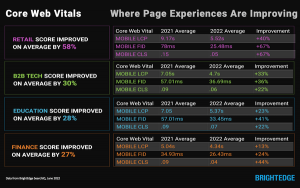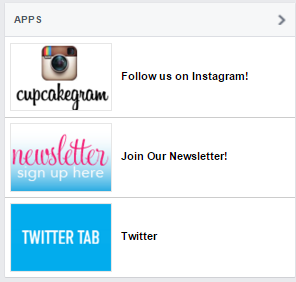— March 9, 2018

geralt / Pixabay
It’s the quintessential dilemma facing a majority of my executive (and aspiring executive clients) who come to me for resume and LinkedIn writing services. They recognize that the adage “numbers speak louder than words” absolutely applies, but struggle to not only quantify their achievements but to put their stats into context on their resume.
Numbers Are Everywhere – and We All Have Them
For those that lead sales organizations and who must meet regular quotas, the challenge of coming up with quantifiable achievements is often a more streamlined process. A quick CRM report is likely to reveal data on rankings, pipeline figures and sales closed.
For the rest, no need for panic. Numbers exist – they just require a bit more digging.
Overcome Writer’s Block with These 3 Questions
Struggling with what to write or where to start? Ask yourself this:
What was the challenge presented before you when you were first hired to each role?
Follow your response with:
What was the strategy undertaken to address the challenge?
and finally
What was the outcome or end result?
Your response is the impact of your work in the role. It should serve as the basis for measuring and quantifying your achievements. More often than not, your response is the achievement you should lead off with when writing about your role in your resume and LinkedIn profile.
In my experience, including your bottom-line impact together with quantifiable statistics shows the reader you understood 1) the pain associated with a specific challenge, and 2) can replicate this in your next role.
How to Uncover Your Bottom-Line Impact
Start digging with a quick examination across 4 areas with these questions:
#1 Did I Save Money?
Saving money, and eliminating waste, is just as important to many readers as bringing money to the table.
If you negotiated discounts, reviewed every P&L item with a fine-toothed comb to make sure each expense was justified, identified financial discrepancies or reworked a process so that less money is spent – you can quantify a percentage or exact dollar amount saved.
#2 Did I Save Time?
Time savings and increased time efficiency are huge value-adds. Did you lead an overhaul of operational processes that reduced a task’s time from weekend and days to hours? Did you implement a system that automated previously manual processes?
In this case, it is likely that you not only saved time but probably also increased data reliability by eliminating human error!
#3 Are People Happier, or is the Organization’s Culture Better, Because of Me?
How was your organization viewed by customers – both internal and external? How many people chose to stay versus jumping ship? If relationships have improved, ask yourself how you can prove this. Your response is happiness or satisfaction quantified.
CAVEAT: Many of my clients get repeatedly recruited to fix hot messes. In these cases, the achievement of driving an organizational turnaround does not always lie in huge profitability numbers, but rather in the fact that a previously untenable situation is now reversed, and the bleeding (often financial but sometimes in the form of attrition) has been stemmed.
#4 Have My Company’s Circumstances Improved?
Measuring the impact of your individual contribution to a company, especially for those that work at large corporations, can be tough.
Examine your company’s revenue, stock market value, employee growth and/or market share trajectory during your tenure. See if your company survived where the competition didn’t, or if your company’s stature increased in any way.
By noting you were part of a team that contributed to any achievement of this nature shows the reader you understand the big picture – and your part (however small) in it.
Connect the Dots by Spelling Out Your Value
As someone sought after for resume and LinkedIn writing services, I can attest to the fact that Figures and statistics, framed within the context of a strategy yielding success, will ensure the reader connects the dots – answering for them the pain or issues you solved in the past and can solve for them in the future!
Business & Finance Articles on Business 2 Community
(45)
Report Post





